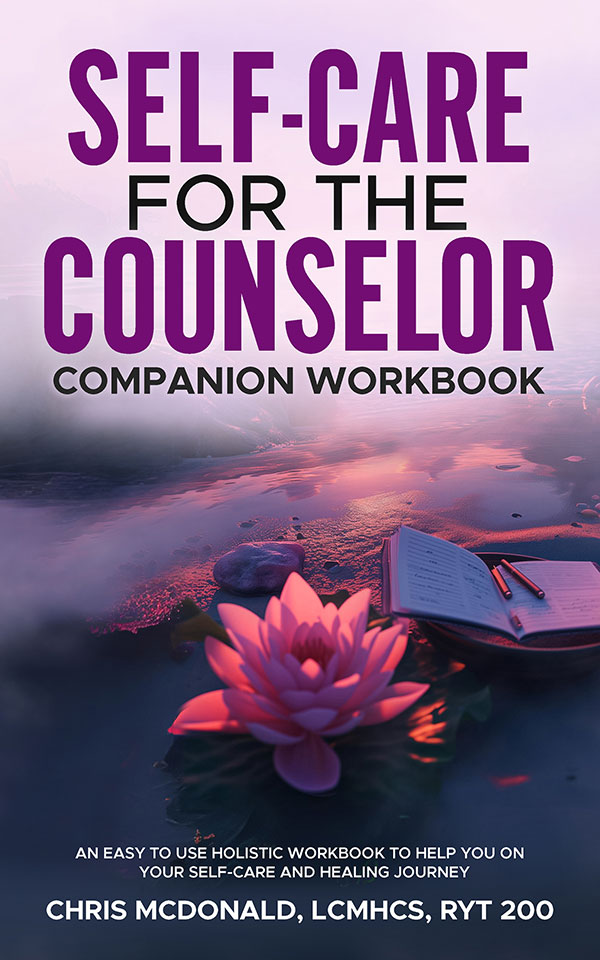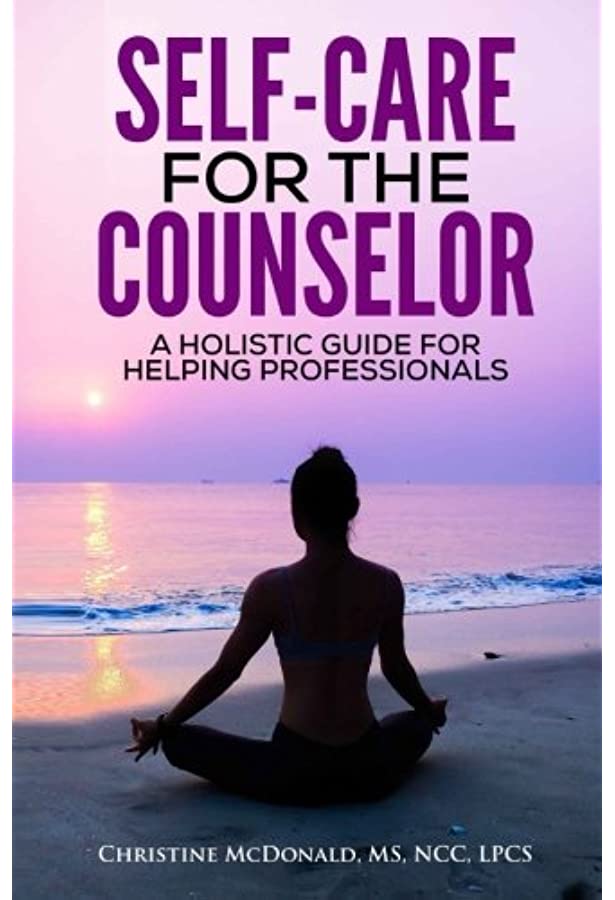Understanding Transformative Insight Imagery for Therapists
You may be familiar with how powerful imagery is in the therapy room and outside the therapy room in sports, art, yoga, and many other activities. Imagery is a forceful tool not only in therapy but also in sports, art, yoga, and beyond. While guided imagery is known, Transformative Insight Imagery (TII) takes it a step further, connecting us deeply to our inner images, awakening our senses, and revealing hidden truths for healing and growth.
It can help you discover your internal sanctuary, a wellspring of wisdom, comfort, relaxation, and strength. The best part of TII is how versatile it is. It can be used for personal growth , professional enhancement and with clients in therapy for a number of issues or concerns.
What is Transformative Insight Imagery?
It is not guided imagery and it is not just visualization. It’s not guided imagery because all of the sensory material in your experience comes from you, comes from your psyche and your history
There is a body centered aspect to these journeys where people get more aware of what they’re holding and where in their body. The key is that the co facilitator in the process with them is there to slow the imager down.
It’s really about getting out of the way and trusting the imager. It’s really magical for any person, client or otherwise, to have somebody there really present and witnessing. And cheering them on, so to speak, but owning what they do to heal whatever it is that’s coming up and they decide with their trusted resources what they need to do to transform it.
What ages is this geared for ? Who should Therapists avoid using with?
TII can be used with different ages. It’s very easy with children ’cause they’re actually less inhibited. It may be more conversational. It may be done through play therapy or art therapy. I’ve seen it be very effectively integrated with body-centered approaches.
I will say the one group, the one candidate, that’s not a great fit for TII would be if somebody has reality testing, or if they’re recently or actively have had delusions. Possibly somebody who has a specific type of brain injury, if it’s impacting reality testing or certain stages of dementia, it could be problematic for them.
Benefits for Clients
I have worked with folks who are in deep grief who worked on healing from a traumatic experience. anxiety, blocking belief, a literal event that seems to be a sticking point in their life all the way to not even knowing what is really getting in the way and tapping into some implicit memory or some unconscious material through the journey.
TII has a resourcing aspect where we have people really develop different kinds of supports that they find a place that’s very centering. They receive gifts along the way that also become supports. People can have more than one wise guide or mentor. And then eventually they also meet what I call the essential self or the best self and it helps them develop the skill of mindfulness.
It can feel very meditative for folks. It supports emotional regulation. And then there’s also a transformative aspect where folks can go on an eight step deeper journey and people can shift blocking beliefs. They gain greater body awareness. There’s also a really internal aspect where people can free lost selves and integrate them into their current life.
TII can help shift intrusive thoughts, help people gain some ability to say to themselves, “ Oh, that’s happening. And I can go in and have a conference and I can call in this part of myself, or I can merge with my essential self and I can address whatever the intrusive Thought is.” It is often like a fear, they can learn to shift it.
I see a lot of ripple effects after they do a journey. One of the last steps in the eight step journey is integration. People have often said TII has aspects that feel very similar to many other practices out there, including aspects of EMDR and even shamanic journeys.
Sample Transformative insight imagery activity
If you are aware that keeping your eyes open will help you to be more focused, keep your eyes open and I just encourage you to find a focal point in the room to rest your eyes gently and softly. Take a nice, deep inhale of the air here and notice how it feels to breathe in the air. As you take in another deep breath, see if there are any smells here.
If you know that you will be too distracted with your eyes open and you prefer to close your eyes, definitely do that. But it’s always a choice what works for you. So just get really comfortable. Take, I always encourage people to just do a couple of, you know, sighs or relaxing, exhales, just sort of be a little more here.
And how light or dark is it? Listen for any sounds. And notice what’s beginning to shift inside you from breathing in your plate. Maybe there’s something you want to feel the texture of through touch. And perhaps there’s even something you want to taste. Give yourself a moment to do whatever you’d like to do here. Notice where and how things begin to shift in your body
as you do that. Thank your center for coming to you today and for the wonderful support that’s here for you.
Now set your intention. When would be a really great time to come back for a visit? Maybe to help you fall asleep, maybe before you start your day, maybe on a break. And then also, consider this, a moment that might happen in your day where you get a little ungrounded, you get a little activated or stressed. If you do this more than once, something else come up to match our needs.
Tips for Using Transformative Insight Imagery in Therapy Sessions
I had someone the other day who, 50 some years old, for the first time in her life after she freed her seven year old self. She has been really integrating this. This young part of her that was, was injured and hurt. She walked into her parents home and when her father started to berate her for the first time, she told him to stop. And when he did not, she turned and walked out of the house.
And the power she felt that she has is different, she can make different choices now because she’s feeling more whole and her adult self was able to stay in charge as she walked through her childhood home.
When using Transformative Insight Imagery in therapy sessions, it is important for therapists to create a safe and supportive environment for their clients. This can be done by establishing a trusting and non-judgmental relationship with the client. It is also important for therapists to have a thorough understanding of the technique and how it can benefit their clients.
One tip for using Transformative Insight Imagery in therapy sessions is to guide the client in visualizing a specific event or situation that they would like to gain insight and healing from. By encouraging the client to imagine themselves in that situation and explore their emotions, thoughts, and physical sensations, they can gain a deeper understanding of their experiences and find ways to heal and grow.
Another tip is to help clients identify any limiting beliefs or negative self-talk that may be hindering their progress. By guiding them to challenge these beliefs and replace them with more positive and empowering thoughts, therapists can support their clients in making positive changes in their lives. Additionally, therapists can encourage clients to integrate the insights and healing they gain from
Transformative Insight Imagery into their everyday lives. This can be done by helping them develop action plans or set goals that align with their newfound understanding and growth.
Potential Challenges and Limitations
It is important for therapists to approach the use of Transformative Insight Imagery with caution and to be aware of any potential challenges or limitations. While this technique can be highly effective for many clients, it may not be suitable for everyone. Therapists should carefully assess the needs and preferences of their clients and adapt their interventions accordingly.
Training and Resources for Therapists Interested in Learning More about Transformative Insight Imagery
What kind of training is involved if therapists are interested in learning more about this? We have three levels for healers. It’s one day for level one, two days for level two and two days for level three. We have a level one scheduled actually for September the 15, 2023 and there will be more in the future.
If you are interested and want to learn more about training and Transformative Insight imagery go to: https://www.kelliunderwood.com/tii-for-professional-healers
https://www.facebook.com/profile.php?id=100041266555309


